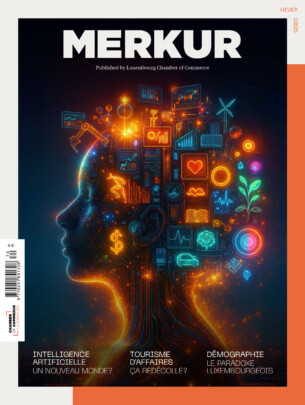
The year 2025 was marked by relentless innovation, political upheaval, and market surprises.
As 2026 approaches, investors are watching to see if AI innovation, fiscal support, and easier monetary policy can continue giving markets the momentum to break free from the drag of debt, demographics, and deglobalization. The question: will these forces deliver the “escape velocity” needed for a new era of growth, or will old constraints keep holding markets back?
In the Year Ahead 2026 UBS Global Wealth Management’s (GWM) Chief Investment Office (CIO) outlines what investors can expect in the new year, where to look for growth and income, and why diversification matters to build a robust portfolio.
AI-driven innovation has powered markets higher in 2025, with just the information technology sector alone now accounting for 28% of the MSCI AC World index. Powerful trends in capital expenditure and accelerating adoption are likely to drive further growth for AI-linked stocks.
Additionally, the economic backdrop in 2026 should support equities more broadly, with growth accelerating in the second half of the year. In the US, growth is expected at 1.7%, backed by more favorable financial conditions and accommodative fiscal policies. Eurozone GDP is forecast to grow at 1.1%, while APAC’s economic growth should reach the 5% range.
With these developments in mind the report highlights the following key investment views for the year ahead:
- Invest in transformational innovation: AI and technology have been key drivers of global equity markets and should fuel further gains in 2026. While being mindful of bubble risks, allocating up to 30% of a diversified equity portfolio to structural trends including AI, longevity, as well as power and resources, is recommended.
- Add to equities: Supportive economic conditions should underpin global equities, which are expected to rise by around 15% by the end of 2026. Solid US growth and accommodative fiscal and monetary policy favor technology, utilities, health care, and banking, with gains likely in the US, China, Japan, and Europe.
- Seek opportunities in China: China’s tech sector stands out as a top global opportunity. Strong liquidity, retail flows, and earnings expected to rise to 37% in 2026, should sustain momentum for Chinese equities. Broader Asian exposure, in particular to India and Singapore, could provide additional benefits for investors seeking diversification, as could emerging markets.
- Favor commodities: Supply constraints, rising demand, geopolitical risks, and long-term trends like the global energy transition should support commodities. Within this asset class, particular opportunities exist in copper, aluminum, and agricultural commodities, while gold serves as a valuable diversifier.
- Seek diversified income: Income-seeking investors should diversify, by blending quality bonds and higher yielding strategies with income-generating equities and structured investments. This should help generate yield and manage risks associated with tight credit spreads and market uncertainties.
- Currency strategy matters: The euro, Australian dollar, and Norwegian krone are preferred over the US dollar, as anticipated US rate cuts may put pressure on the greenback. Financial repression could contribute to increased currency volatility in the future, and high-yielding currencies are poised to benefit as risk appetite broadens in FX markets over the next year.
Mark Haefele, Chief Investment Officer at UBS GWM, says: “As we look ahead to 2026, the question is whether the powerful forces of AI, fiscal stimulus, and easing monetary policy can propel global markets beyond the gravity of debt, demographics, and deglobalization, toward a new era of growth. Navigating these structural shifts demands that investors adapt their strategies by focusing on sectors and themes where capital is flowing and transformation is taking place.”
Key risks and scenarios
While political headlines will remain front and center in 2026, history suggests their impact on financial markets is often short-lived. However, there are risks that could bring markets back to earth in the year ahead, including: 1) a potential disappointment in AI progress or adoption, 2) a resurgence or persistence of inflation, 3) a more entrenched phase of US-China strategic rivalry, and 4) the (re-) emergence of sovereign or
private sector debt concerns.
To manage risk in 2026, investors can take practical steps to protect and strengthen their portfolios:
- Hedge market risks: Investors should consider a diversified approach to hedging market risks, including holding adequate liquidity to prevent forced selling, and consider quality bonds and gold for stability. Low volatility periods can be used to lock in gains with structured investments.
- Diversify with alternatives: Adding alternatives, such as hedge funds and private equity, is a key part of effective diversification, and for many investors with an endowment style portfolio an allocation of up to 40% of total assets to alternatives can enhance risk-adjusted returns.






